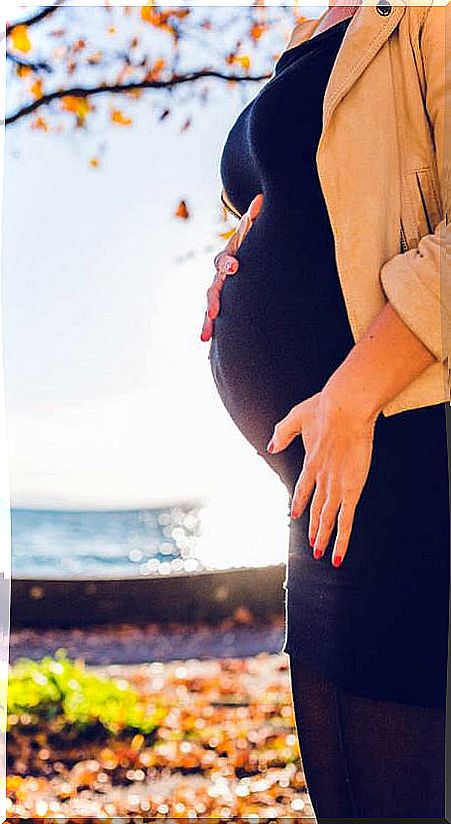Protect Yourself From Environmental Risks In Pregnancy
Toxic in the diet, pollution or radiation are some of the factors that can affect the health of the fetus and have effects on several generations.

All those external factors ( chemical substances, allergens and toxins, solar radiation, electromagnetic radiation, air, noise …) to which a person is exposed during their conception, their gestation and their first years of life conditions the health that the child will enjoy. the rest of his life and even that of his children and grandchildren.
That is why it is important to act on environmental risks when children are under 5 years old. Doing so can reduce all deaths by up to 26%.
“For a long time it was taken for granted that the organism was only altered by direct exposure to pollutants,” says Marta Schuhmacher, a researcher with the Heals project (Health and Environment-wide Associations based on Large population Surveys). But chemicals have been shown to cross the placenta.
The phthalates, lead or mercury reaching the blood of the mother, especially through food, also reach the fetus. Even the finest particles in air pollution affect your brain.
Objective: pass protective laws
Chemical exposure that affects a child can occur even before conception. A smoking parent transmits epigenetic markers in his sperm that will increase his son’s risk of certain disorders (even if he never smokes in front of him!).
“The most incredible thing is that these epigenetic mechanisms are transmitted to the next generation “, explains Léa Maitre, coordinator of the Helix Project of the Institute of Global Health, who has worked for ten years with 30,000 mothers from Spain, Norway, Greece, Lithuania, England and France.
The purpose of the project is to know in depth the exposome, that is, the set of exposure factors to which a person is subjected. Helix should serve to pass regulations that protect pregnant women and young children.
Through questionnaires and blood and urine tests given to mothers and children , the project has been mapping all environmental exposures for a decade. They study and compare more than 1,000 variables, including emotions or the economic crisis.
Helix’s findings can be used to ban or restrict hormonal disruptors such as phthalates, related to obesity, asthma, and intellectual and behavioral disorders (some studies link them to autism and hyperactivity).
The 5 habits that reduce the risks of genetic alterations
Although pollution or stress can mark genes early in life, this does not mean that nothing can be done. A healthy lifestyle modulates and reduces risk, according to the Helix project coordinator, Léa Maitre.
- Give up smoking. Still, and despite the much information that there is, it is the environmental factor and the habit with the most damaging effects on health, our own and also that of our children and grandchildren.
- Eat Healthy. Organic food free of pesticides and without animal fats is the best option.
- Move. Physical activity is beneficial, even if it is done in an urban setting. If possible, walk to work and school. Another very healthy option is the bicycle.
- Personal care. Hygiene products, cosmetics and clothing with some organic or natural certification are preferable.
- More nature. Whenever we can, we should regenerate with clean air and natural surroundings. Also in city parks.









